Weeds are a constant nuisance for gardeners, a thorn in the side of the meticulously tended garden patch. In a world where sustainability and chemical-free living are increasingly important, there are myriad options available to strangle, burn, or smother those pesky intruders, without resorting to chemical warfare.
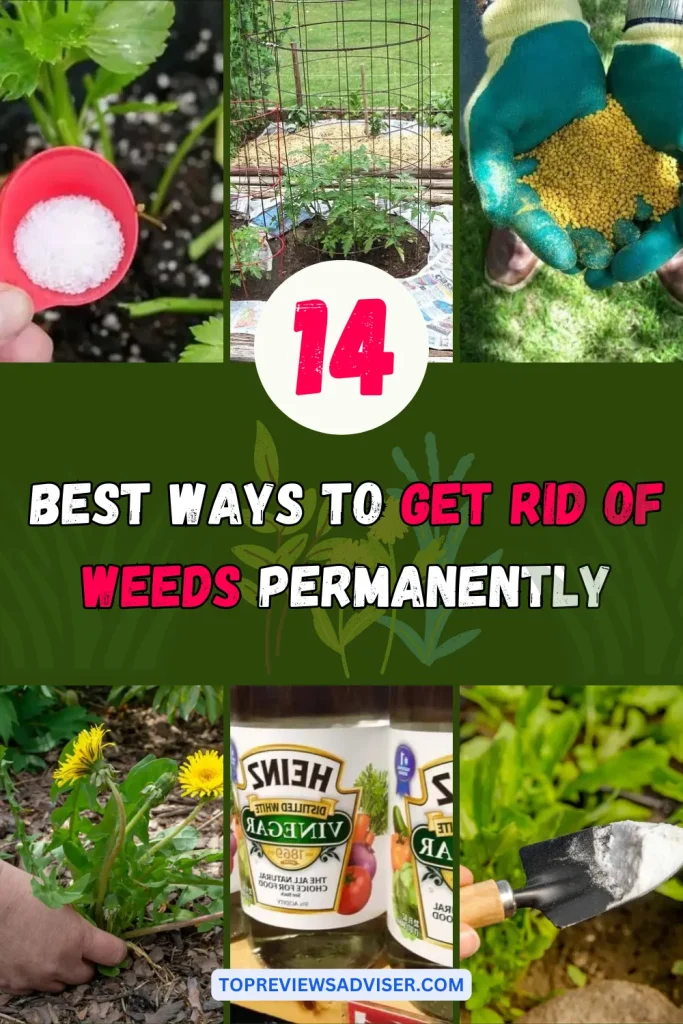
Below, we’ve gathered 14 effective strategies that range from the time-honored to the eco-conscious.
1. Apply a Chemical Herbicide
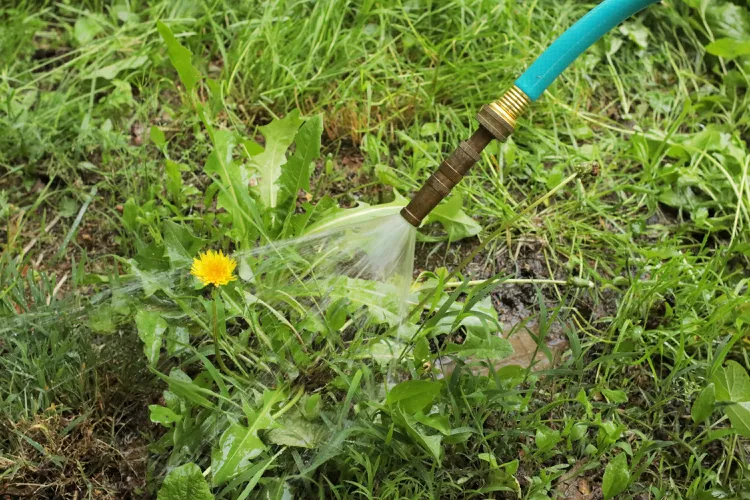
Chemical herbicides are a potent force against weeds when used correctly. They’re available in two main types and can sometimes feel like bringing a gun to a knife fight—they can be extremely effective, but care must be taken when handling.
Selective vs. Non-Selective Herbicides
Selective herbicides target specific weeds without harming surrounding plants. Non-selective herbicides, such as glyphosate, will destroy any vegetation they come into contact with, so use them carefully.
Contact vs. Systemic Herbicides
Contact herbicides kill only the plant parts they touch, while systemic herbicides are absorbed by the plant and travel to its growing points, killing it entirely.
Directions for Using a Chemical Herbicide:
Read and follow the instructions to the letter. If the directions say to dilute, don’t guess the proportions. If they say to wait a certain amount of time before watering, don’t cut it short. Always use protective gear, like gloves and goggles, and keep pets and children away.
2. Apply an Organic Herbicide
For those who prefer to keep their gardens chemical-free, organic herbicides are a viable—and often successful—alternative to the synthetic stuff.
Directions for Using an Organic Herbicide:
Organic herbicides are just as powerful as their chemical counterparts, but it may take a few applications to see results. Remember, patience is a virtue in the green gardening game, and persistence pays off. Apply the organic herbicide directly to the leaves of the weeds you want to kill, and follow the manufacturer’s instructions for frequency and any safety precautions.
3. Use a Pre-Emergent Herbicide as a Preventative
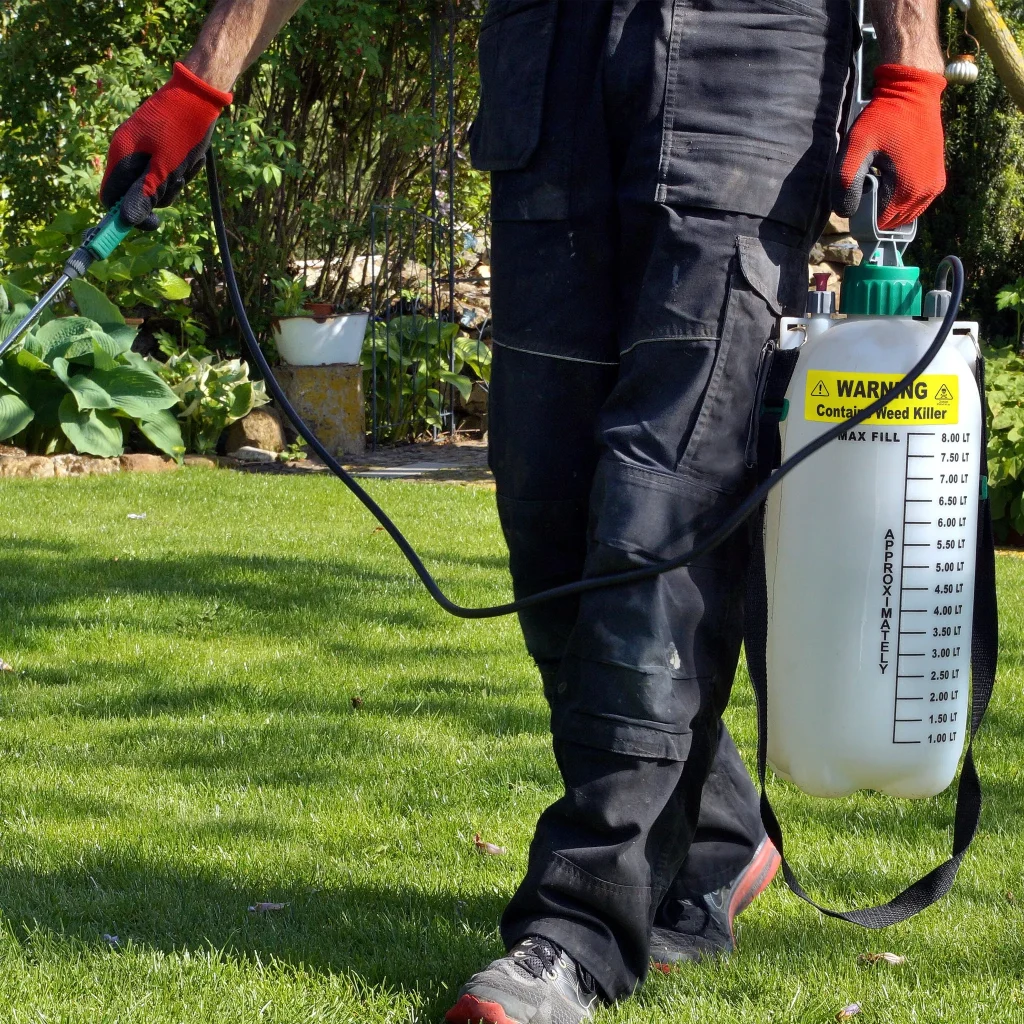
Pre-emergent herbicides are applied to the soil to prevent weeds from sprouting in the first place. They can be a gardener’s best friend, stopping future weed invasions before they start.
Directions for Using a Pre-Emergent Product:
Apply a pre-emergent herbicide to the soil in the areas where you want to prevent weed growth. It can be spread either granularly or as a spray, and you’ll need to apply it before the weeds germinate, usually in early spring and late fall.
4. Pull Weeds by Hand
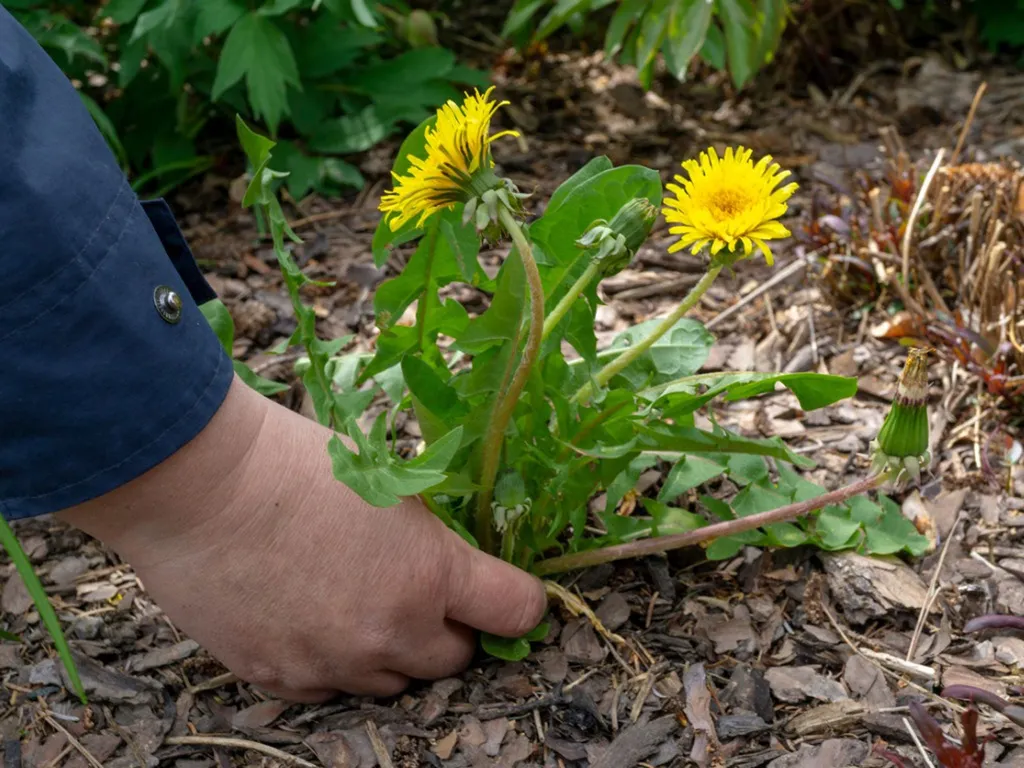
Old-fashioned elbow grease is one of the most effective ways to eliminate weeds, especially if you’ve got a relatively small area to cover.
Directions for Pulling Weeds by Hand:
Make sure your soil is moist before you start, whether from rain or a morning watering. Use a hand trowel or a specialized weeding tool to dig down and loosen the soil around the base of the weed, then pull it up by the roots. Be sure to get the whole root; otherwise, the weed is likely to grow back.
5. Get a Weed Burner
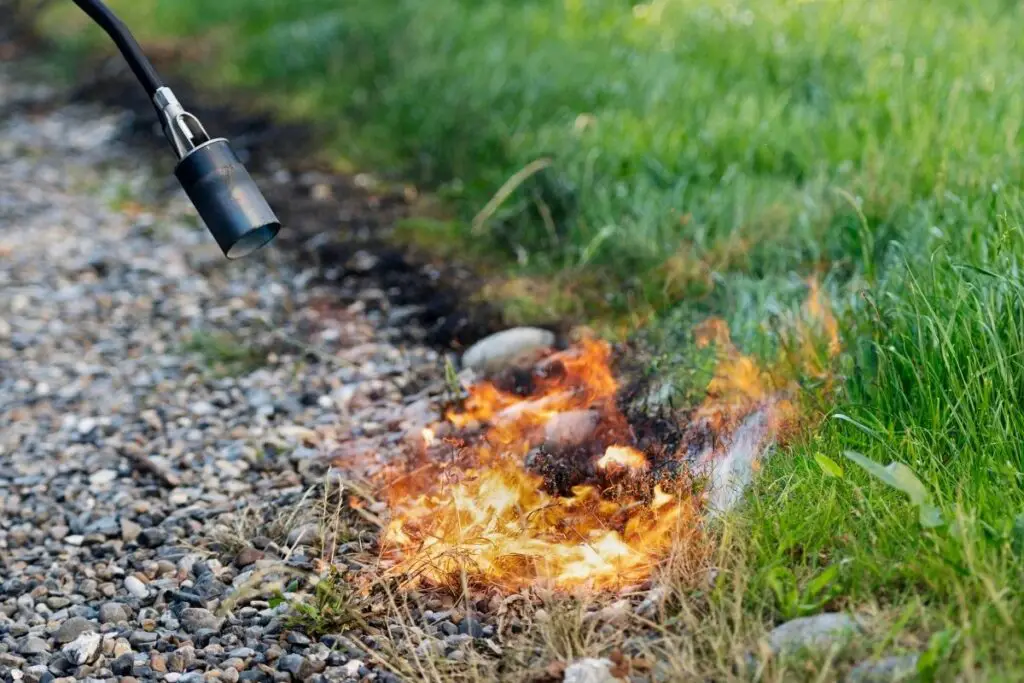
A weed burner is a wand-like tool that emits heat, effectively roasting the weeds.
Directions for Burning Weeds:
Point the burner at the weed from a distance of a few inches and hold it there for several seconds until the weed has visibly wilted. Be careful not to burn anything else, and use this method when the weather isn’t too dry or windy.
6. Smother Weeds to Stop Growth
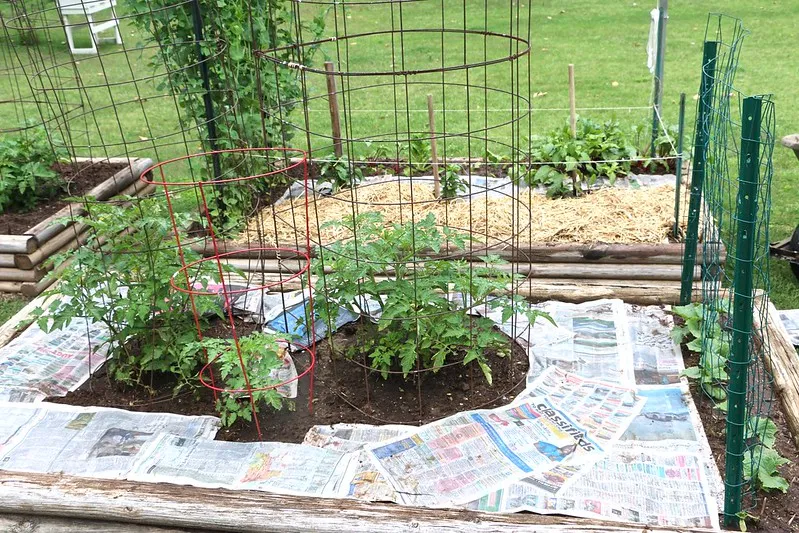
Smothering weeds means depriving them of sunlight and air, which slows, and eventually stops, growth.
Directions for Smothering Weeds:
Cover the affected area with sheets of cardboard, plastic, or landscaping fabric to discourage weed growth. Be sure to anchor the material with rocks or other heavy objects to keep it in place.
7. Use Vinegar to Dry Weeds Out
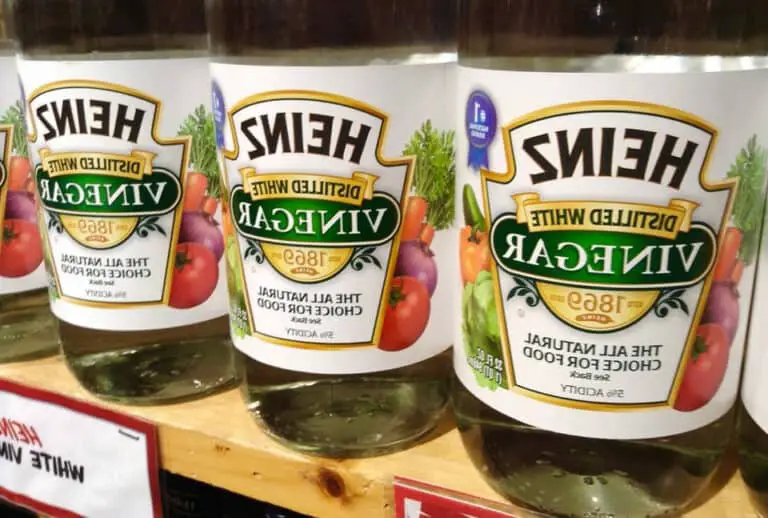
Vinegar is a common household item that can double as a potent weed killer when the acetic acid concentration is high enough.
Directions for Using Vinegar as a Weed Killer:
On a hot day, when the sun is at its peak, spray undiluted white vinegar directly onto the weeds, taking care to avoid any plants you want to keep. Reapply if there’s rain within 24 hours, as water dilutes the vinegar’s potency.
8. Pour Boiling Water on the Weeds
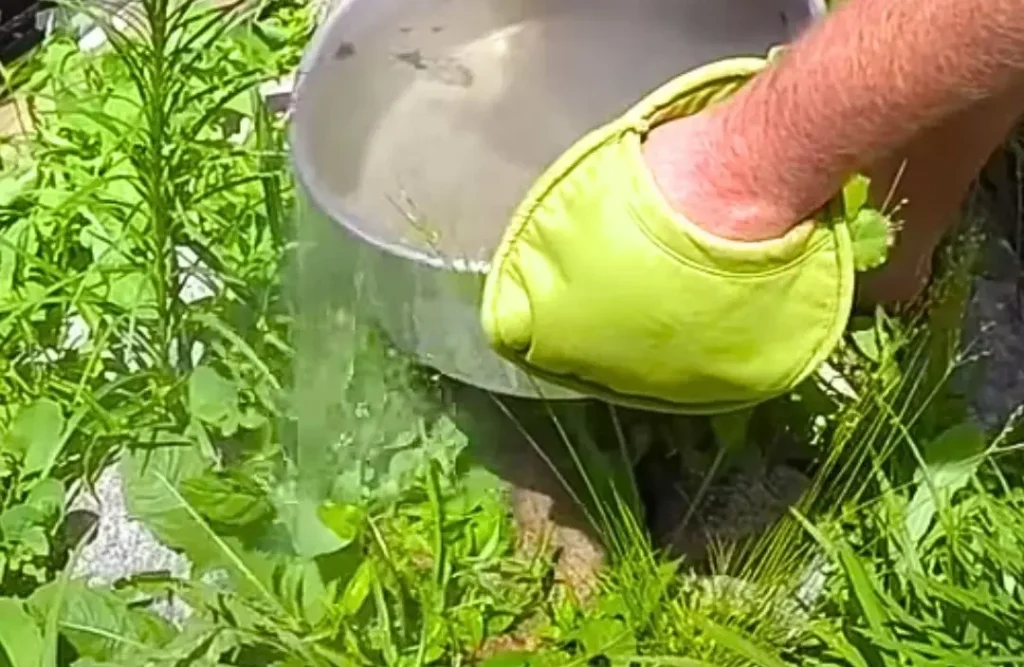
Boiling water can scald weeds, causing them to wither and die. It’s a super simple and safe method for smaller, spot-treatment areas.
Directions for Using Boiling Water to Kill Weeds:
Carefully carry a pot of boiling water to the area where the weeds are and pour it directly over them. Be mindful not to douse other plants that you want to keep.
9. Use Corn Gluten Meal as a Pre-Emergent
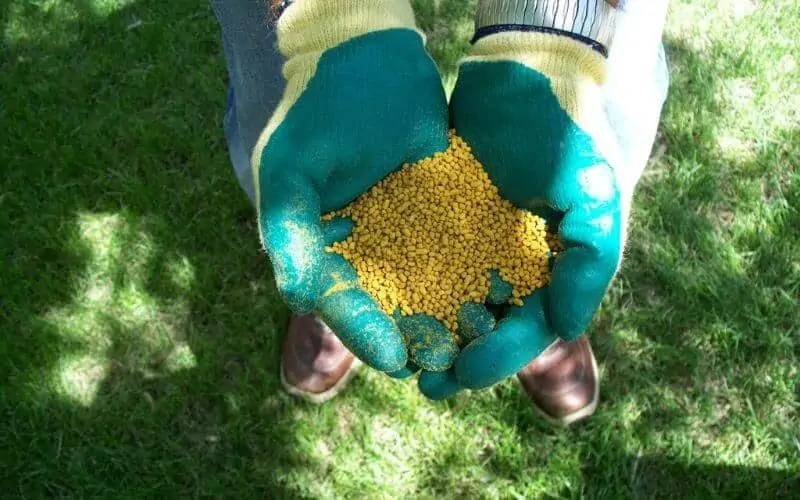
Corn gluten meal is an organic byproduct that prevents seeds from sprouting. It’s a natural fertilizer, making it a great choice for the health-conscious gardener.
Directions for Using Corn Gluten Meal on Weeds:
Spread the corn gluten meal evenly on the soil, being careful not to plant seeds alongside it, as it will prevent their growth as well. Water the area lightly to activate the gluten, then wait for the rains to come and take care of the rest.
10. Dump Salt on the Weeds
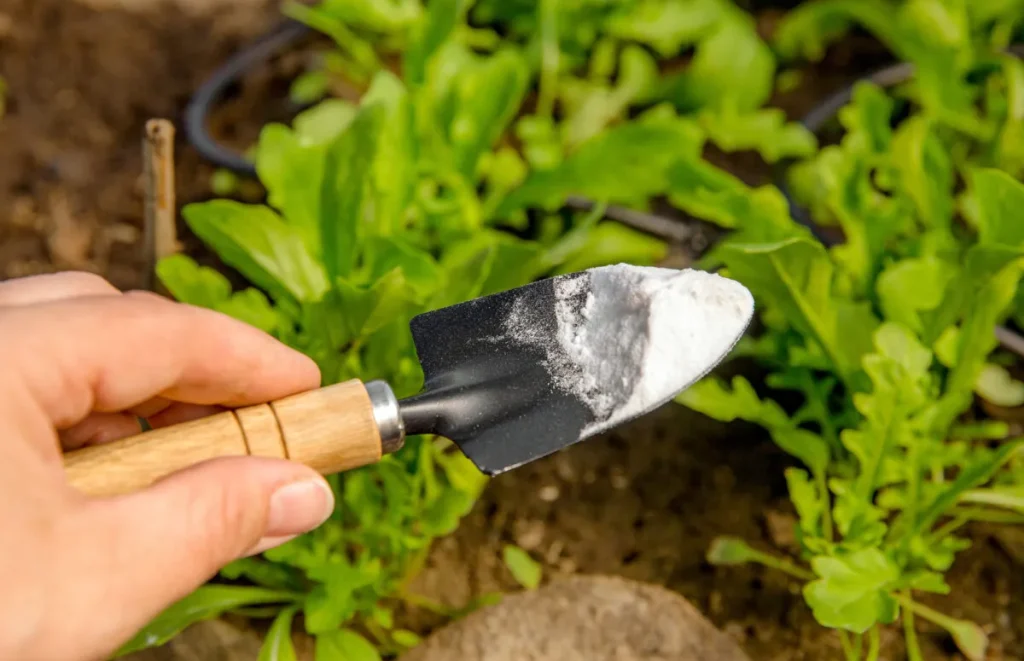
Salt is an age-old method for killing weeds and is especially useful for areas where you don’t want anything to grow.
Directions for Using Salt as a Weed Killer:
Sprinkle salt directly onto the weeds, or dissolve it in water and pour the solution over the weeds. Be aware that salt can make the soil uninhabitable for plants for a long time, so use it judiciously.
11. Sprinkle Baking Soda
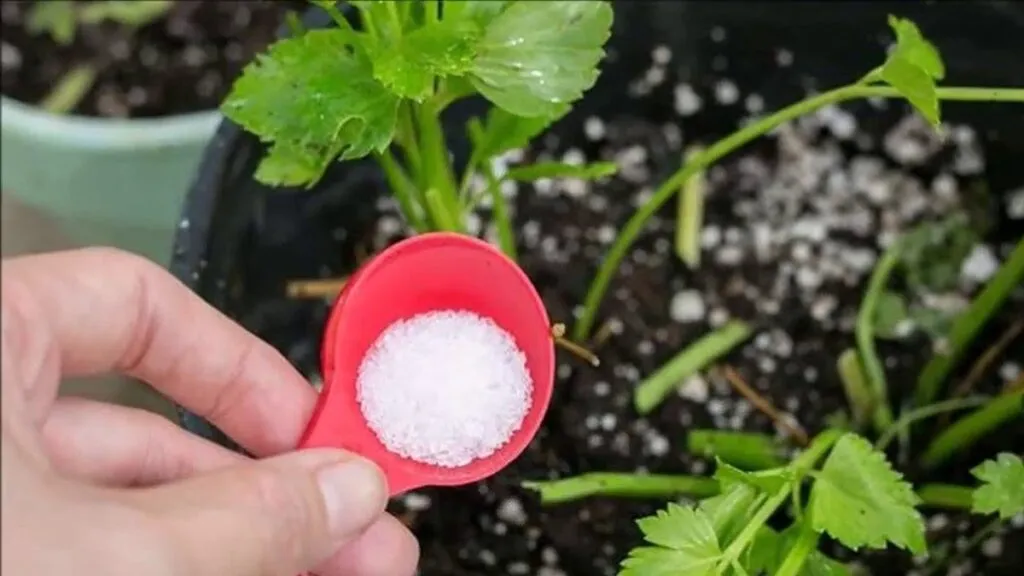
Baking soda is a common kitchen ingredient that can also act as a natural weed killer when applied directly.
Directions for Using Baking Soda to Kill Weeds:
Sprinkle baking soda liberally over the weeds on a dry, sunny day. This method works best with multiple applications and is particularly well-suited to cracks in concrete where you don’t want vegetation to grow.
12. Use a Rubbing Alcohol Solution
Rubbing alcohol can quickly dehydrate and kill weeds.
Directions for Using Rubbing Alcohol to Kill Weeds:
Mix one part rubbing alcohol with two parts water and a few drops of dish detergent. Spray this solution on the leaves of the weeds, taking care to avoid other plants you wish to keep. This method is most effective when the alcohol concentration is at least 70%.
13. Spread Mulch Across the Ground
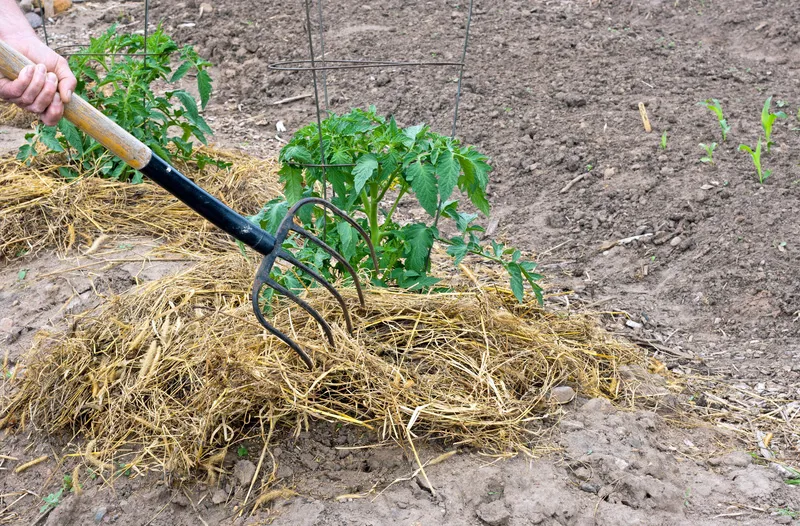
Mulch not only suppresses weed growth but also retains moisture in the soil and protects it from erosion.
Directions for Using Mulch:
Apply a thick layer of mulch—about three inches—around the base of your plants or on top of the soil where the weeds are sprouting. Reapply periodically to maintain the barrier.
14. Plant Ground Covers
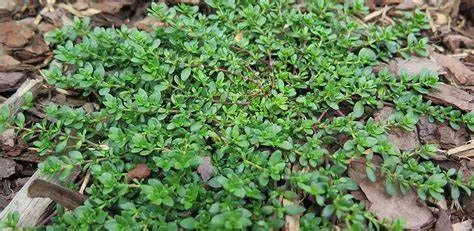
Ground covers are plants that spread quickly and densely over the soil, choking out weed competition.
Directions for Planting Ground Covers:
Do some research to find a ground cover that is well-suited to your climate and soil type. Plant them densely, and they’ll fill in the space over time, leaving little room for weeds to establish themselves.
FAQ
What Is the Strongest Thing to Kill Weeds?
Glyphosate is one of the most potent weed killers available. This is a non-selective systemic herbicide that you should use with extreme care, following the manufacturer’s instructions.
How Do You Kill Weeds Without Harming Your Grass?
Selective herbicides are designed to kill weeds while sparing your lawn. For optimal safety, use a sponge or brush to directly apply the herbicide to the weeds, taking care not to get any on the grass.
In the ongoing battle against weeds, it’s always good to have multiple weapons in your arsenal. By exploring these various methods, both traditional and non-traditional, you can find the right strategy to maintain a weed-free landscape that’s conducive to the health and growth of your cherished plants. Remember, patience and persistence are key. But with a bit of effort and the right approach, a garden free of weeds is within reach.